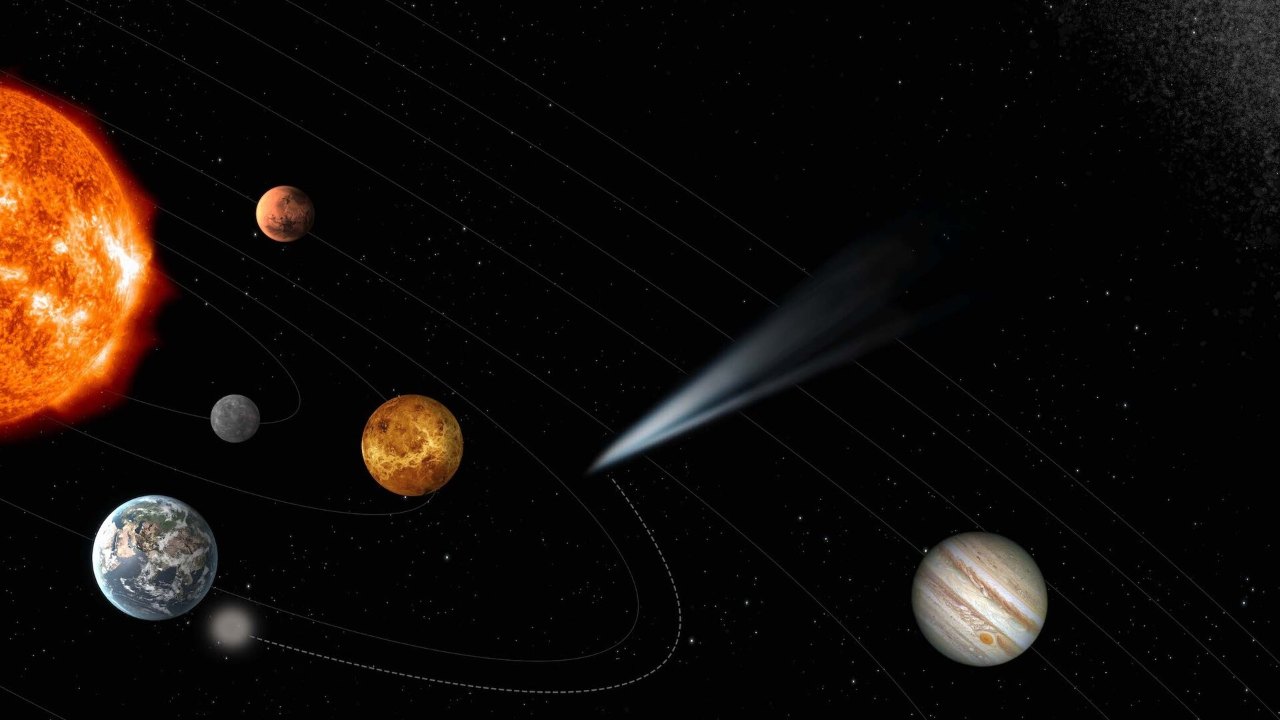UK scientists gear up to build a comet-chasing spacecraft that will launch in 2028 – Firstpost
FP TrendingDec 14, 2020 16:02:35 IST
Engineers in the United Kingdom will soon start working on a spacecraft that will chase comets, track them down and mapping the celestial objects in three dimensions. According to a report by The Guardian, the mission involves three spacecrafts designed to work together. The mothership will be built in the UK by Thales Alenia Space and will hold two smaller robotic probes from Japan that can be released when in close proximity to the comet for extremely close fly-bys. The probes will then beam images and other data back to the mothership.

Comet Interceptor has been selected as ESA’s new fast-class mission. It will be the first spacecraft to visit a truly pristine comet or other interstellar object that is only just starting its journey into the inner Solar System. Image credit: ESA
Speaking about the development regarding the comet chaser, Andrew Stanniland, CEO of Thales Alenia Space stated that it is going to be fascinating. He added that the mission will allow scientists to know about the history of the solar system as never seen before.
In a press statement, Günther Hasinger, ESA’s Director of Science had said, “The huge scientific achievements of Giotto and Rosetta – our legacy missions to comets – are unrivalled, but now it is time to build upon their successes and visit a pristine comet, or be ready for the next ‘Oumuamua-like interstellar object.”
As per the report, the spacecraft, officially known as the Comet Interceptor will launch in 2028 and head for a gravitational no-man’s land on the opposite side of Earth to the sun. It will wait there till astronomers spot a suitable target for it to investigate. The Interceptor could look into any number of celestial bodies from the Oort cloud comets to the interstellar cigar-shaped asteroid Oumuamua.
The Comet Interceptor mission was selected by the European Space Agency (ESA) in June 2019 to combine a breakthrough in comet discoveries, with a compact and agile spacecraft that can reveal to scientists a huge amount about a pristine comet that is entering the inner Solar System for the first time. The Interceptor will also be able to encounter any interstellar object passing through the solar system if found to be in a suitable trajectory.